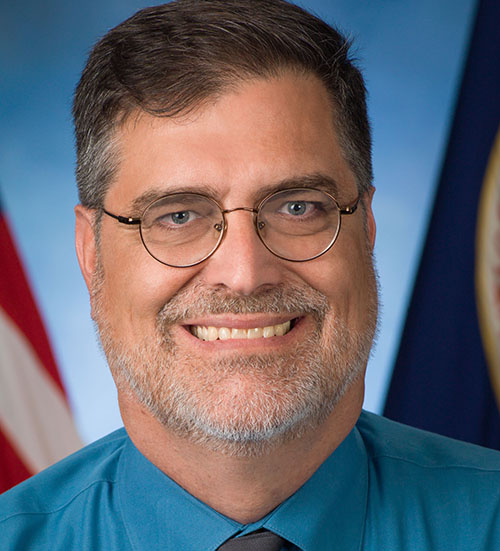
David currently serves as the Assistant to the Director of Safety & Mission Assurance (SMA) at NASA’s Johnson Space Center (JSC) in Houston, Texas. He is responsible for assuring effective governance of SMA regulations and requirements associated with the JSC infrastructure. David also Chairs the NASA Facility System Safety Working Group responsible for maintenance and implementation of safety policy and practices associated with agency facilities and infrastructure. Since 2009, David serves as a charter member of NASA’s Safety Culture Working Group, defining the agency’s desired safety culture characteristics. He assisted development of long-term agency-wide safety culture survey and measurement processes and contributed to associated policy development. David also supports agency SMA training and communication initiatives.
What do you feel are the biggest challenges safety leaders are currently faced with within their business?
There is a consistent challenge to prove value-added – What cost is enough to make our respective enterprise “safe enough”? There isn’t really one good answer to that. In the past it was enough to cite regulatory mandates. But there has been growing pressure to be more successful limiting mishaps while trimming back efforts that are not necessary under the strictest interpretation of the law. A good, objective risk management process is crucial to ensure that top leadership understands the full breadth of potential consequences, from catastrophic failures, to litigation, or reputation costs that must be considered before taking on a difficult business proposition. If you can “afford” the risk, be courageous enough to share your reasoning with stakeholders.
As a safety leader, what do you feel businesses continue to get wrong when it comes to their Health and Safety strategy?
They forget to state the obvious. By that, I mean that most often new leaders assume that they must hit the ground running and they want their workforce to support being more productive. The workforce also assumes that the new boss wants them to be productive. In all that blitz of anxious productivity fervour, mistakes happen. Well once the smoke clears, the employees involved admit that they weren’t thinking about the safe way to get things done because they wanted to demonstrate their commitment to the mission to the new boss. When you ask the involved leadership, they’ll invariably say, “Of course I want them to do it safely! Isn’t it obvious I don’t want them to get hurt…. Do I have to say that every time???” Well, yes, you do. We hire talented and productive people. You don’t have to convince them to be productive. But you do need to tell them their talent and productivity is too valuable to risk a debilitating injury or catastrophic damage.
What are the latest trends and behaviours you predict will be surfacing on the market over the coming 12 months?
I tend to look longer term than 12 months… It is very interesting how the Millennial generation is both assimilating into their respective workplace cultures and also radically reshaping them. They learn quicker and are less accepting of clumsy “get-er-done” attitudes left behind by us aging Baby-Boomers. We may be disgruntled with their superficial apathy, but once they learn a lesson it seems to stick. I expect things in the safety and health world will get better. I see more practical use of technology to identify hazards and develop safer operational planning.
What is the best piece of advice you have received within your job over the years?
I learned a difficult lesson several years ago when I concurred on use of an aging altitude simulation system that had flawed inspection results. It was a high-pressure steam system that had deteriorated over 40 years. We knew there was a great risk of it failing, but convinced ourselves that if it did fail it would leak in a benign manner before breaking apart destructively. It ended up sending about 2000 pounds of steel over 800 feet into the New Mexico desert. Fortunately, we had taken measures to protect personnel. But it resulted in over $1,000,000 in damage and a year delay of critical testing. The lesson was that I needed to make sure all of our management had bought into the risk. There was sound reasoning in accepting the risk, but poor execution of communicating the risk. Risks are shared, and if all the players are involved in the risk decision, it is a lot more palatable to live with the consequences.
What is one key takeaway you hope our OHS audience leaves with after hearing your presentation on site?
My message is that there are ways to fail smart. We are obligated to figure out what risks are worth taking and how to prepare for success, failure, or more likely something in between. NASA is occasionally criticized for being risk-averse and leery of innovative approaches to technical management and space travel. Change, cost-reduction, and innovation influences have been a challenge to safety. We have gone to great lengths to reduce safety limitations, increase flexibility, and accommodate “smart risks” – Can we afford the consequence? Can we learn from the mistake? Can we get back up and try again? And, finally, Do we own the risk in the first place? If it’s no to any one of those, it’s not a smart risk.
